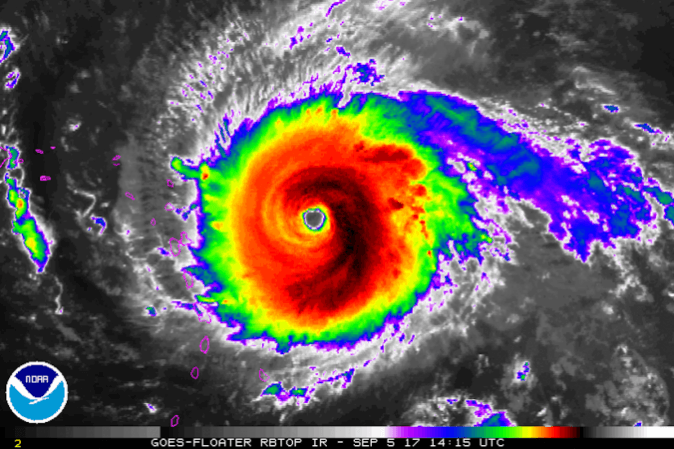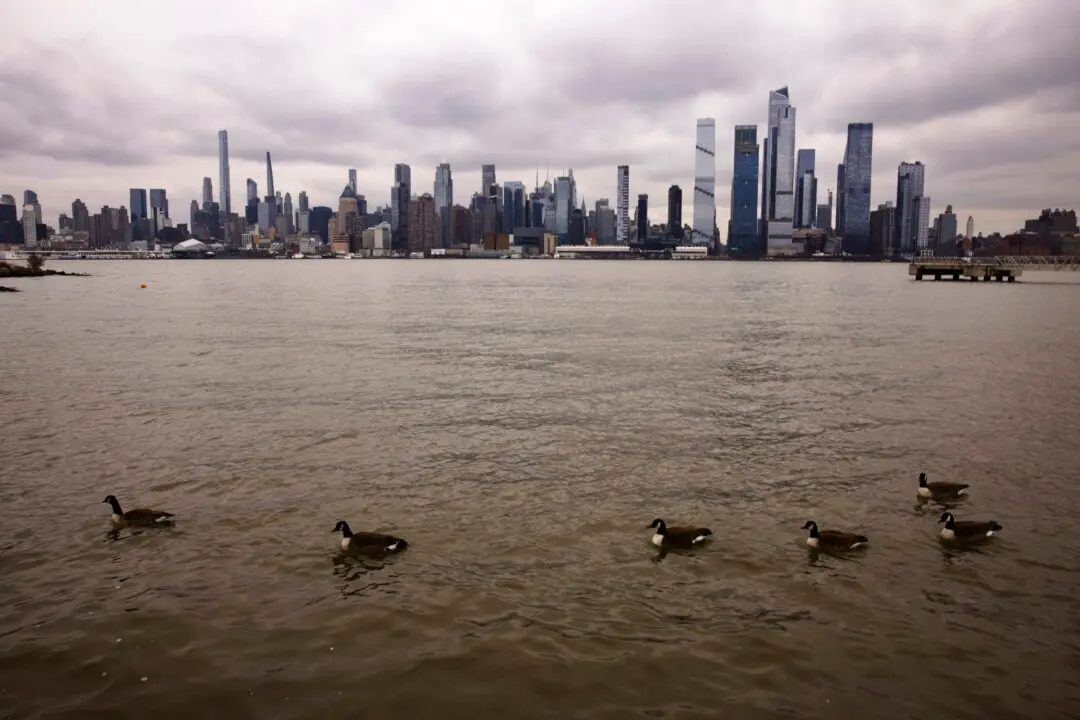There are now three hurricanes in the Atlantic, according to the National Hurricane Center in an update at 5 p.m. ET.
Hurricane Jose and Hurricane Katia formed on Wednesday afternoon, the agency stated, according to the 5 p.m. post.
They formed as Hurricane Irma, a Category 5 storm with 180 mph winds, is continuing to churn toward Florida.
Hurricane Katia formed in the southwestern Gulf of Mexico, and a hurricane watch is in effect for Mexico’s coastal state of Veracruz, and Hurricane Jose is “quickly strengthening,” the NHC said.
Jose has maximum sustained winds of 75 mph, and “interests in the Leeward Islands should monitor the progress” of the storm.
Jose’s center was located near latitude 13.9 North, longitude 45.8 West, the agency added, saying that it’s moving toward the west-northwest near 16 mph, and “this general motion is expected to continue for the next couple of days.”






